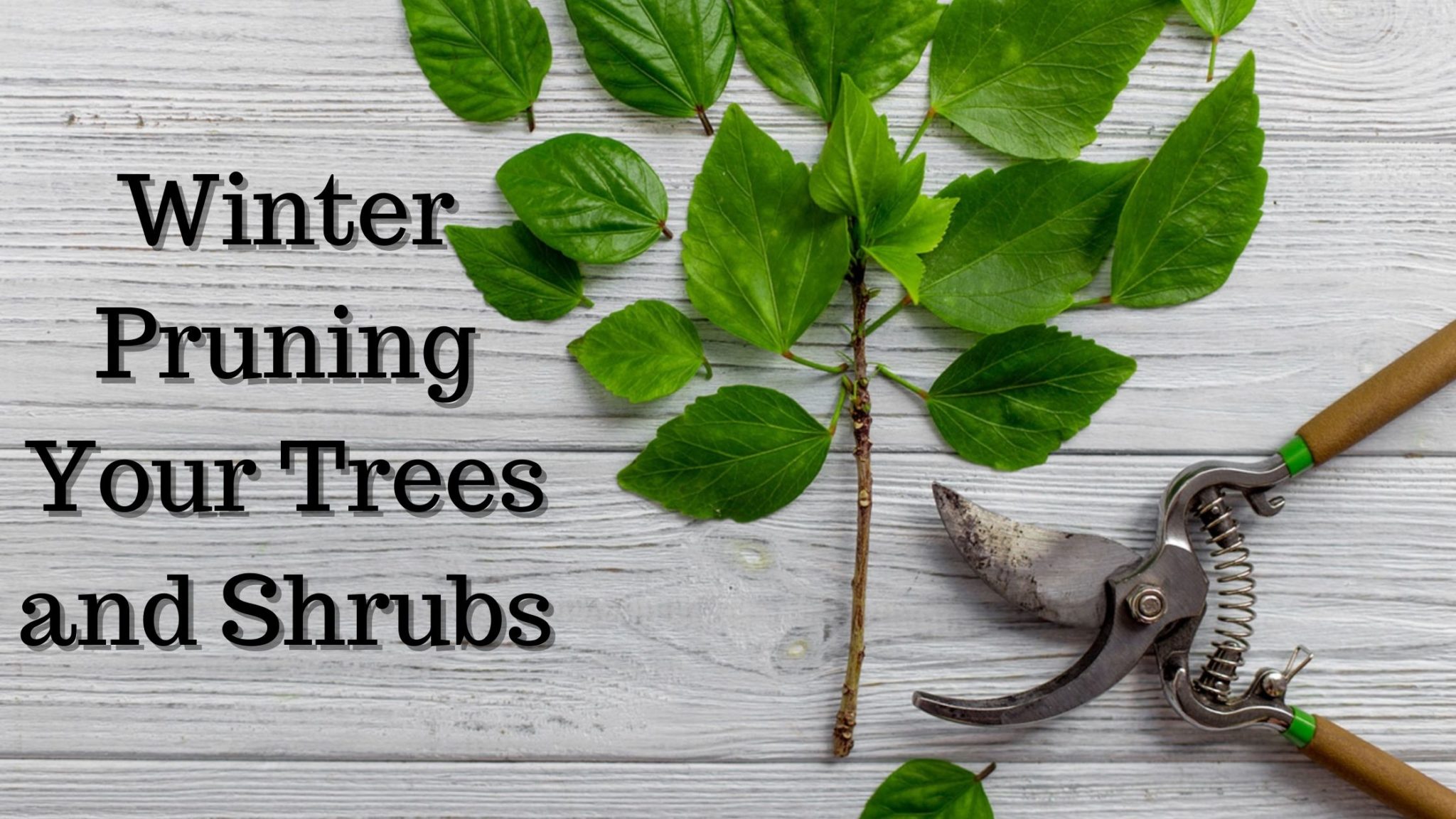
Winter Pruning Your Trees and Shrubs
Pruning is the process of selectively removing branches from your trees and shrubs. Clearing fading or overcrowded branches will encourage fresh, healthy growth and improve the structure of your plant. Investing this time into your tree promotes long term growth and health. It also gives an overall uniform and elegant look to your plants and safety of your property.
Refresh your Trees and Shrubs for Clean Spring Growth
Even though it might seem counterintuitive, winter pruning is beneficial for trees and shrub. Although there are no leaves on the trees or flowers blooming throughout the cold weather, trees and shrubs are still preparing for the early spring growth. It’s also easier to see the shape and structure of the shrub or tree when the foliage has dropped for the winter, making pruning a breeze. To assist your plant in preparing for spring, it’s a good idea to prune out some of the shoots from this past season.
Late winter pruning promotes fast regrowth in the spring, deters disease and pests that linger or overwinter in dead foliage and prevents overcrowding of branches and foliage. Evicting overcrowded branches, allows necessary sunshine and breeze to travel throughout the plant when foliage and flowers emerge come spring.
Flowering and fruiting trees and shrubs especially desire late winter/early spring before their new buds come in. This will ensure luscious blooms and a full crop.
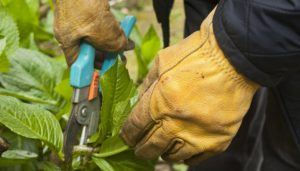
How to successfully prune your plants:
- Before You Begin:
- Start with a sharp, clean blade. Be sure to clean your sheers after pruning so that diseases are not spread between plants.
- It’s best to prune on a mild, clear and dry day to allow the wound to dry and heal completely. Pruning on a dry day helps to prevent the spreading of waterborne plant diseases or damage from cold temperatures.
- Stay safe. Make sure to wear eye protection through the process because working on trees can be hazardous.
- Having a great method and style for your plants before you prune is ideal, so plan out what you want to cut before you begin.
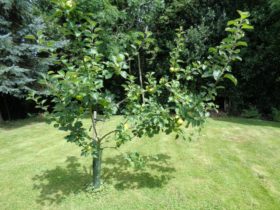
- What to Cut:
- Locate and remove all diseased or dead branches, cutting at a 45 degree angle. It’s a good idea to prune branches that have been crossed, overgrown, or in an unwanted location (over a house or over the driveway or blocking a walkway).
- Start removing the larger branches and move throughout to the smallest ones. Leave branches that keep the shape of the tree to allow pruning to look natural.
- To increase airflow and light, remove twigs close to the center of the tree near the trunk.
- A natural, elegant style where low-branching trees are not limbed up and the natural outline of the plant is kept. Keep all the plants features to look the most natural and beautiful.
- Look for insects and disease. In the winter time, it is possible you will see both. to see both. Prune out insects to avoid insect damage that can occur. Inspect for disease throughout the plant. Look for any signs of changes in color, unusual shape or function.
- another or attracting bugs to new pruning wounds.
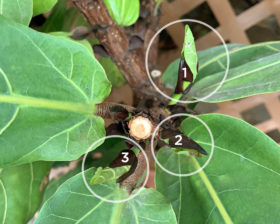
- Where to Cut:
- When pruning, be sure to cut just above a visible bud or leaf scar to encourage branching below where the tree was cut.
- Cut the branches at the node, where one branch attaches to another. The main goal is to keep branches that maintain the structure of the tree.
- Timing:
- Work efficiently and effectively to get a successful pruning. Take breaks throughout to see if the plant looks symmetrical. You can always take more off the plant but can not put back on. Working diligently and precisely will give you the best outcome for your tree to look balanced.
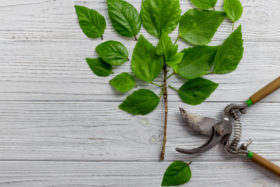
- Disinfect tools: after pruning using rubbing alcohol and water to stop the spread of disease from cut to cut.
- The Best time to Prune:
- The winter is a great time to prune because it is easier to prune when a plant doesn’t have its leaves. In the cold there is less risk transmitting diseases from one plant to another or attracting bugs to new pruning wounds.
Some shrubs and trees prefer more pruning than just cutting off some branches, such as the following:
- Butterfly Bush – Take all stems to the ground. This shrub grows and recovers quickly.
- Crape Myrtle – Only remove dead or dying branches, this tree rarely needs pruning.
- Smooth Hydrangea – Can be cut to the ground-this encourages larger flowers.
- Mophead Hydrangea – Should not be pruned back unless very old. Remove dead or dying branches if necessary.
- Hollies and Arborvitaes – Remove compromised branches and take to desired shape-use greens for decorating and swags.
- Pines – Prefer to be pruned in early spring or summer, so winter pruning is not advised!
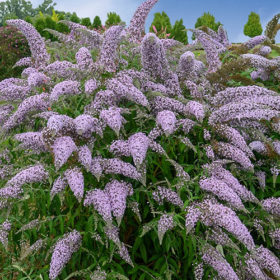
Pruning adds the final touch of beauty and balance
A little attention now will pay off in the Spring when your trees and shrubs are lush and full of blooms. Have questions? Stop by Patuxent Nursery anytime to chat with our knowledgeable staff. We are happy to answer any questions you have.




Great insight here, I use a lot of these techniques myself! 🙂 Todd
Last month, I moved into a new home with the biggest yard that homes some of the best oak trees I have seen in my entire life. I want to have it maintained so I feel like hiring a tree pruning service. As you said here, selectively removing branches from your trees and shrubs is the procedure of pruning. In order to optimize the structure of your plant and promote new, you even explained that healthy development removes any waning or congested branches. Thanks.